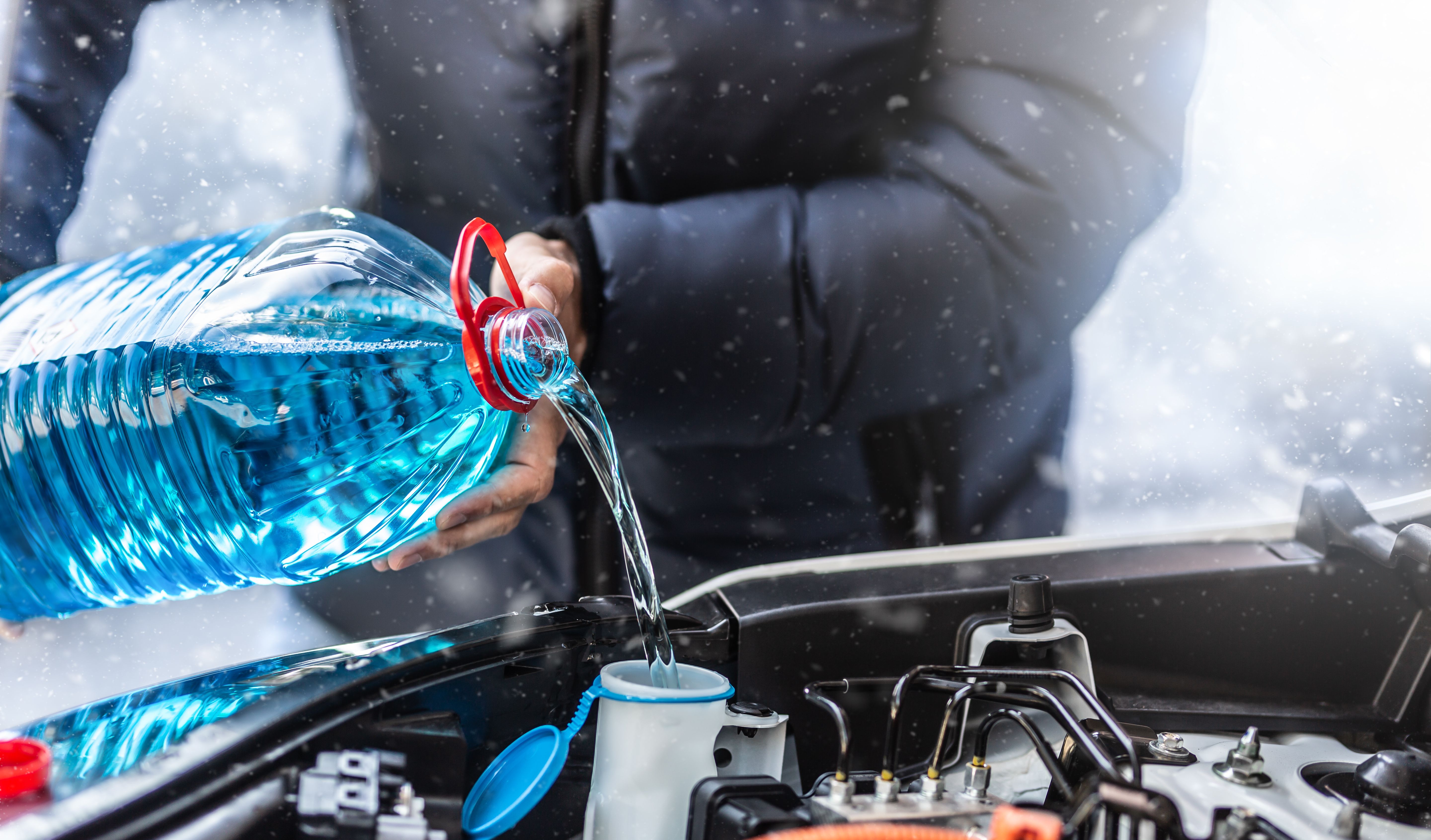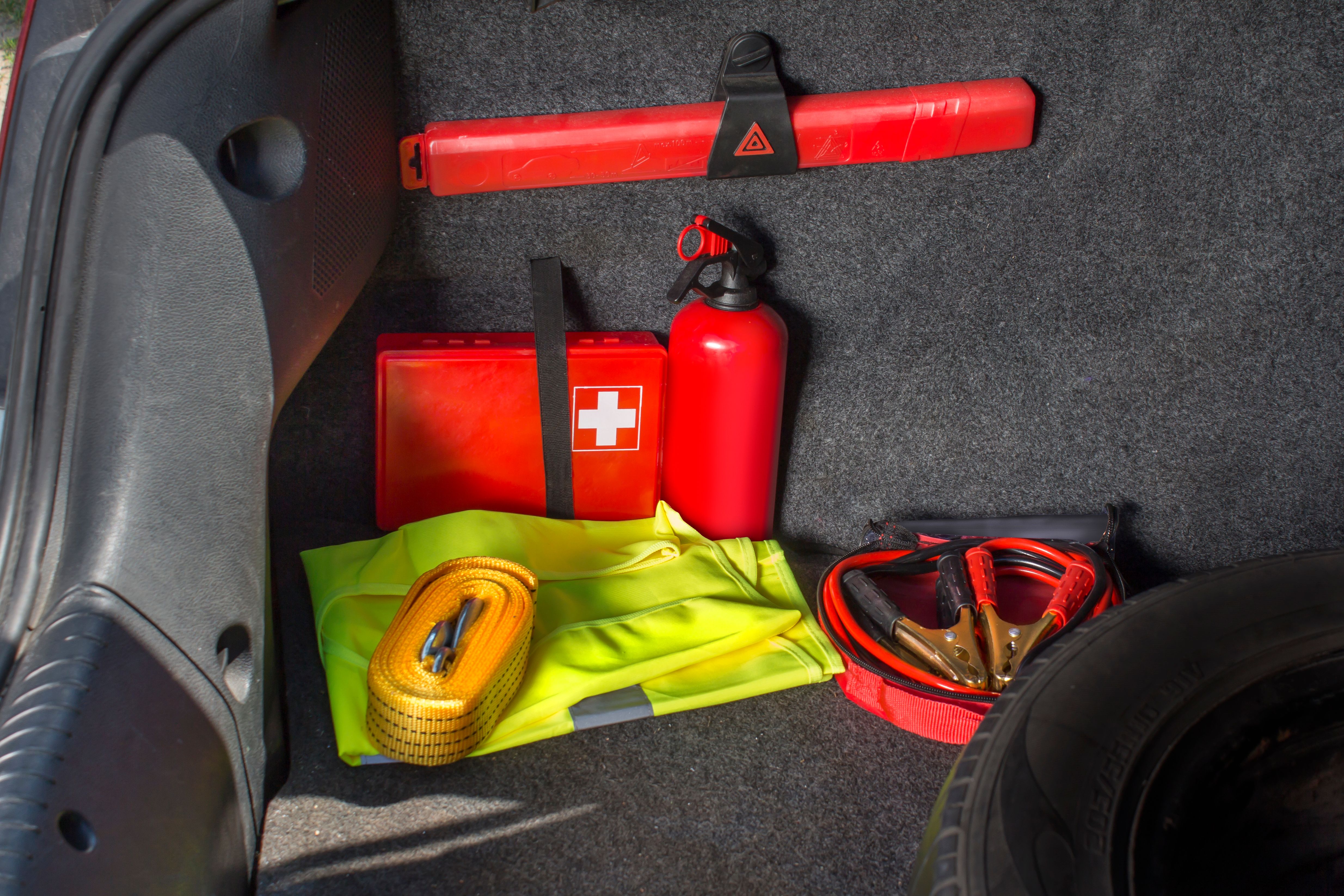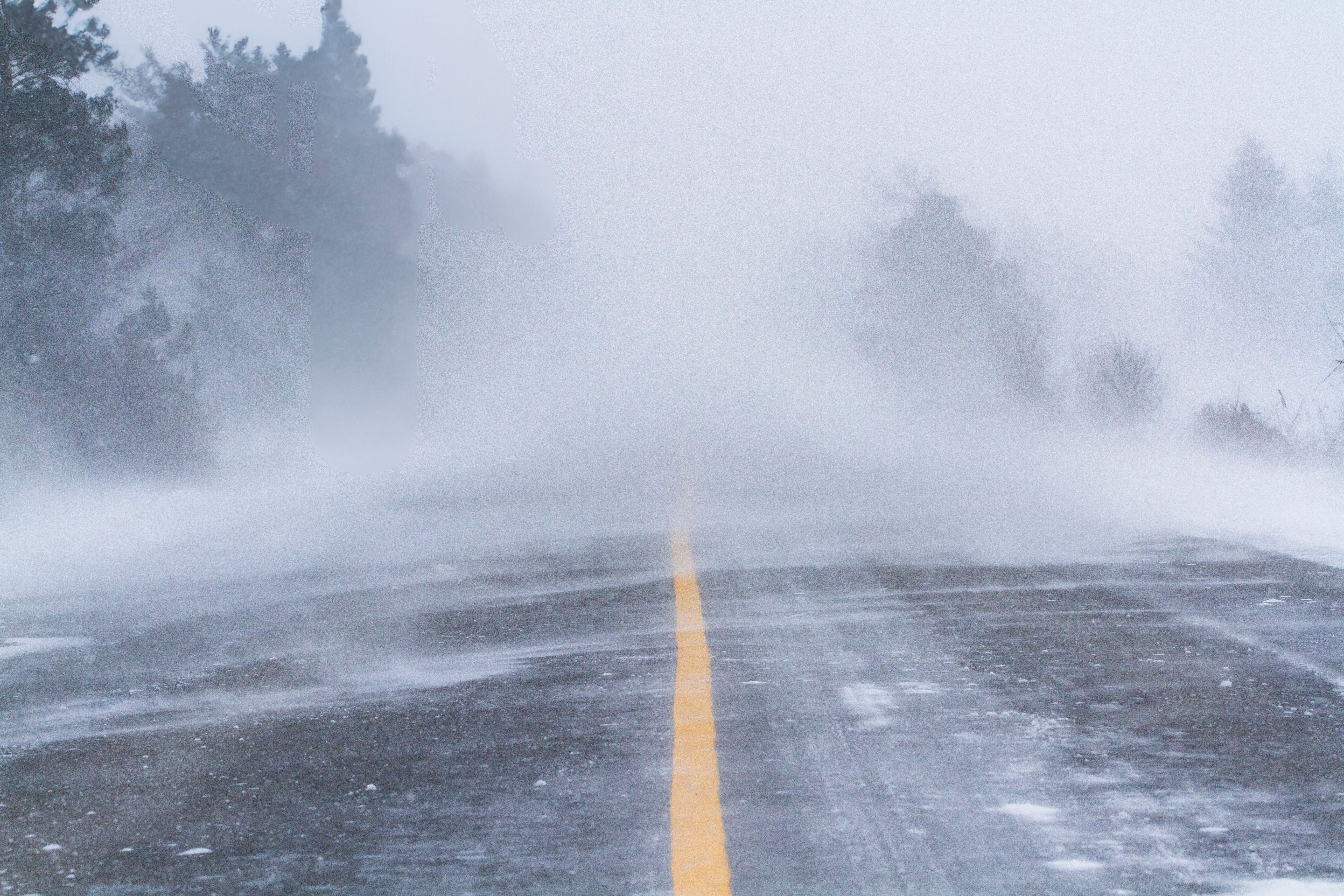Winter Driving Preparation in Canada: Essential Tips and Practices
As the cold winds start sweeping across Canada, it's crucial for drivers to prepare for the harsh winter conditions. Winter driving demands a different approach and a greater level of preparedness to ensure safety on icy and snowy roads. Here are some essential tips and practices to help you navigate the winter season with confidence.
Get Your Vehicle Ready
Before winter fully sets in, ensure your vehicle is equipped to handle the cold and icy conditions. Start by checking your battery, as cold weather can significantly impact its performance. Consider having it tested to ensure it's in good condition.
Make sure your windshield wipers are in top shape, as visibility is crucial during snowstorms. Investing in winter wiper blades designed to handle ice and snow can make a big difference. Also, refill your windshield washer fluid with a winter-specific formula to prevent freezing.

Invest in Winter Tires
One of the most important steps in preparing for winter driving is switching to winter tires. These tires are specifically designed to provide better traction and handling in cold, snowy, and icy conditions. In some provinces, using winter tires is mandatory during certain months. Ensure your tires are properly inflated and have sufficient tread depth to maintain grip on slippery roads.
Keep an Emergency Kit
Another essential practice for winter driving is having an emergency kit in your vehicle. This kit should include items such as:
- A first aid kit
- Jumper cables
- A flashlight with extra batteries
- Warm blankets and clothing
- Non-perishable snacks and water
- An ice scraper and snow brush
- A shovel and traction aids like sand or kitty litter

Adjust Your Driving Techniques
Winter driving requires adjusting your driving techniques to account for the reduced traction on icy or snowy roads. Always accelerate and decelerate slowly to maintain control of your vehicle. Remember that it takes longer to slow down on icy roads, so maintain a greater following distance from the vehicle in front of you.
When climbing hills, try to build up some speed before you reach the incline, and avoid stopping if possible. Conversely, when descending hills, reduce your speed and avoid using cruise control, which can cause your vehicle to lose traction.
Stay Informed
Before heading out on any trip, especially during severe weather conditions, check the local weather forecast and road conditions. Staying informed about potential storms or road closures can help you plan your route and travel time more effectively. Consider downloading a weather app or subscribing to alerts from local authorities to stay updated.

Practice Defensive Driving
Lastly, practicing defensive driving is vital during winter months. Be prepared for unexpected maneuvers from other drivers and always stay alert. Avoid distractions such as using your phone or adjusting the radio while driving. Keep both hands on the wheel and maintain focus on the road ahead.
By following these essential tips and practices, you'll be better prepared to face the challenges of winter driving in Canada. Remember that safety should always be your top priority, so take the time to prepare both yourself and your vehicle for the colder months ahead.
